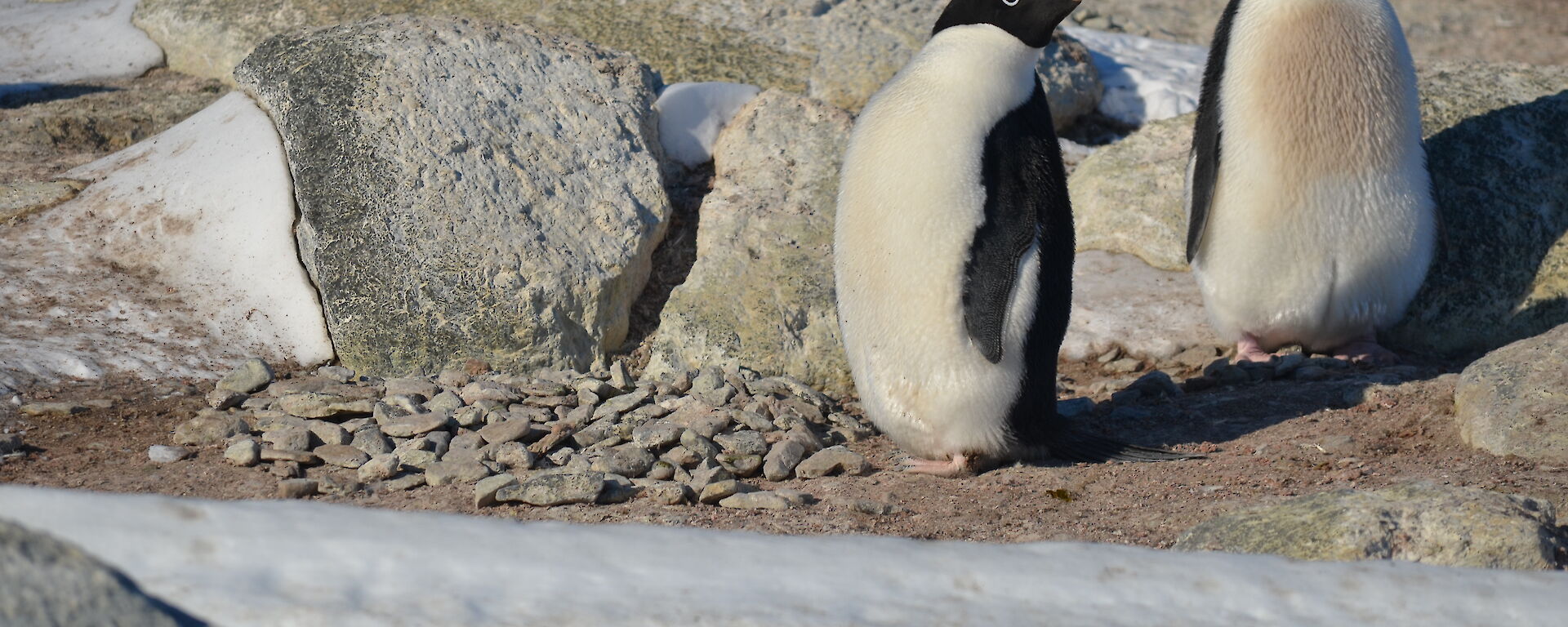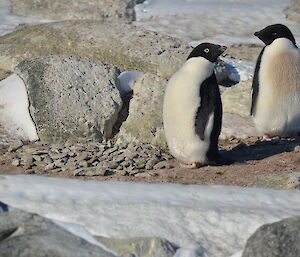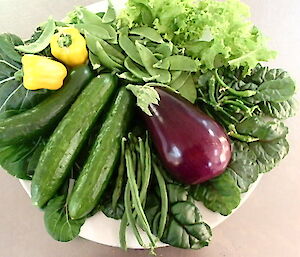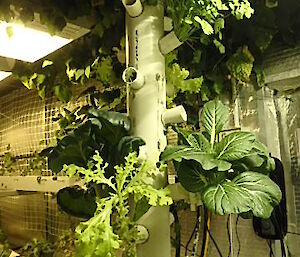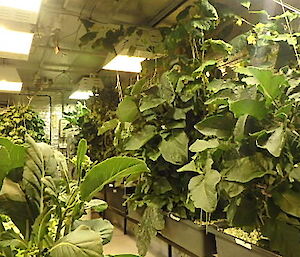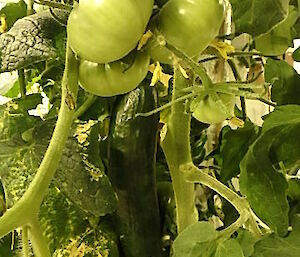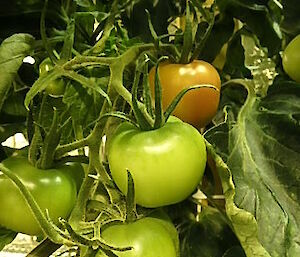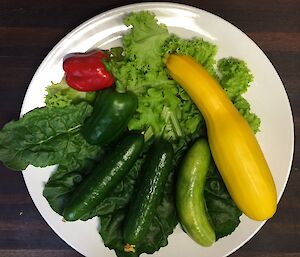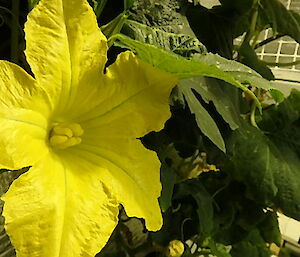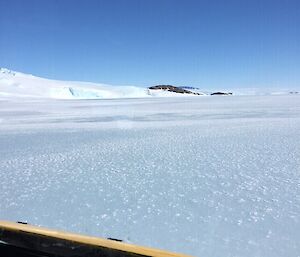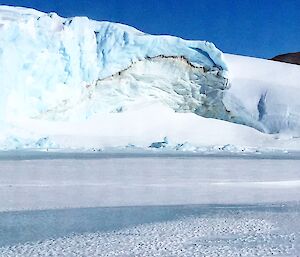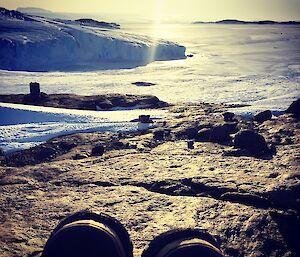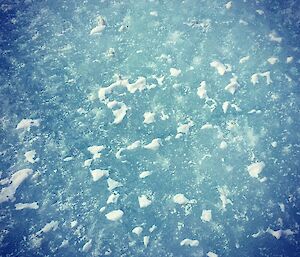One of the final jobs of the winter season is to assess the sea ice to make sure it is suitable for planes to land. There are three different types of landing area in the Australian Antarctic program, and at Mawson for the first few flights we have the easiest to prepare… called the “unprepared sea ice landing area”.
This basically means that we have to assess the sea ice in a designated area to make sure that it is deep enough (over 90 centimetres) and good enough quality for a plane to land on. So with the first flight only two weeks away Tony D and I headed out onto the sea ice to do some drilling and map the hazards.
It was a beautiful day, the sun and slightly warmer conditions over the last few weeks have started to melt the top layer of snow that has been covering the ice all winter. This leaves a glassy smoother surface.
There were a few chunky monkey areas, this is a technical term used to describe where the ice has frozen in a big lump. We marked those with a GPS so the pilots would be forewarned. Then on the edge of the defined area there was one big long stretch of smooth ice that hopefully the pilots will agree that it is just perfect for landing a plane.

